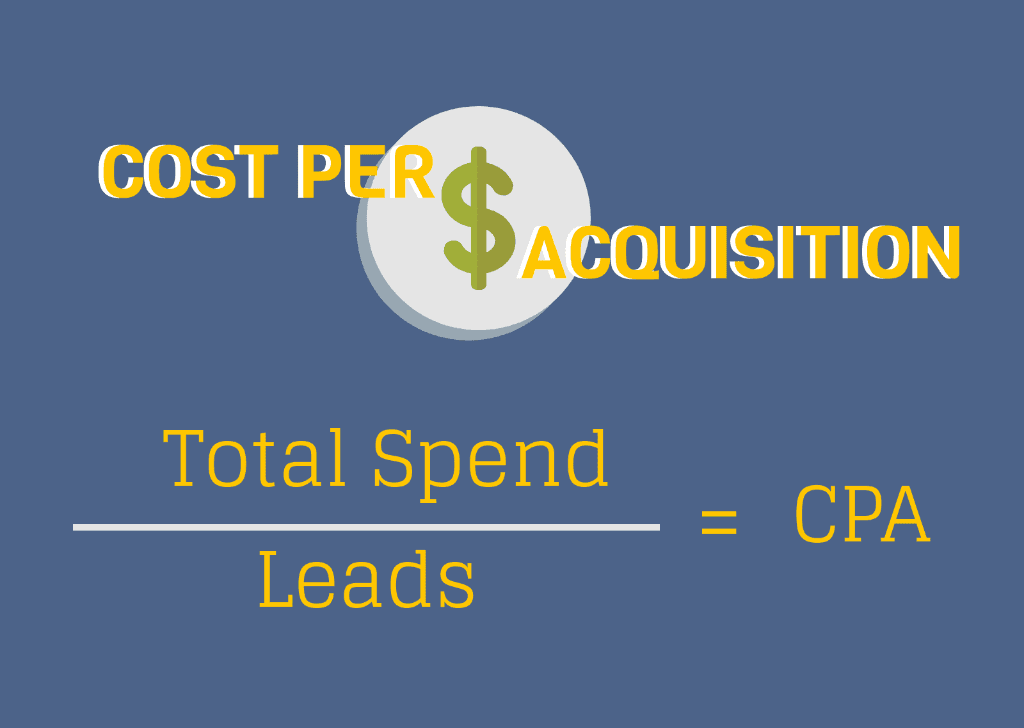3 Ways to Measure Your Site’s Success Other than Rankings
Why the #1 ranking isn’t all it’s cracked up to be
For years, business owners and bloggers alike have fixated on being the number one search result on Google. “ I want to be the top search result,” is often what new clients tell us when we ask about their marketing goals. It’s easy to understand why; those number one results are often the first links we click on when doing a search. After all, Google puts those results at the top of the page for a reason, right?
And the numbers don’t lie, either. Smart Insights found that the search result in the number one spot gets about 30% of clicks in the average search. Because the top results get the most clicks, marketing performance is often judged by how high your website can rank on Google. But contrary to belief, this is not the best way to measure your return on investment. There are other metrics that will tell you way more about the success of your campaign’s performance than just the average position.
What You Should Look At
There are many factors that play into being the number one result on Google, including paid ads, website authority, location and keywords. While these strategies are absolutely worthwhile to help you get to the top spot , they either cost money or a significant amount of time. And even after investing in one or more of these tactics, you aren’t guaranteed a number one ranking.
When it comes to determining the success of your website, there are other ways you can measure your site’s growth. Don’t get us wrong—we aren’t saying paid ads or SEO won’t help you work toward the first page of Google—they will. However, there are much more meaningful measurements you should be monitoring.
Instead of focusing on your Google ranking, here’s what you should be paying attention to in order to track your website’s success.
Traffic
Traffic is a major determinant of how successful your website is. After all, you won’t make it to that number one spot if no one is coming to your website in the first place. Google Analytics provides a lot more insight into the overall health of your site by giving you more meaningful stats like:
- Search queries
- Bounce rate
- Time on site
- Month to month patterns
- Year over year patterns
You’ll want to track both the amount and quality of traffic coming to your site. It’s better to be in a lower spot and have a decent amount of high-quality leads coming to your site than be in the top spot and not get clicks because you’re not what the searcher was looking for. And the more high-quality traffic your site gets, the more likely those leads will turn into conversions.
Conversions
Conversions are the people who come to your website and turn into leads. They’re the visitors who convert to customers by calling or emailing you after visiting your site. When it comes to your conversions, ask yourself a few questions:
- Are you getting enough
conversions?
- Are your leads high quality
?
- Are they skewed toward one specific service or is there an even distribution of demand
?
To get accurate answers to these questions will probably require tracking—which you should be doing anyway if you hope to increase your Google ranking. If you’re not getting enough conversions, they aren’t high quality or they’re skewed too much toward one particular service, that’s a good indication that your website could use some work. Focus your attention on editing content, adding keywords or better defining the locations you serve.
Cost Per Acquisition
Cost per acquisition (CPA) requires tracking to know how many leads—calls and emails—you’ve received as a result of your online marketing efforts. It tells you how much you’ve spent on marketing for each lead you get, and there is a simple formula you can use to figure it out:
We normally recommend keeping CPA under $45 for small businesses, but depending on your industry, you might be willing to spend more or less on a quality lead. If your CPA is high, you’ll want to make adjustments to your campaign. If your CPA is low, keep doing what you’re doing and your authority—as well as business—will continue to grow.
If You’re Not First, You’re Still Not Last
Although rankings do help overall visibility, it’s hard to get to that number one spot. In reality, rankings are just a small portion of overall success and these measurements can give you more helpful insight as to how your website is helping your return on investment.
It’s more important to keep your site’s relevancy up and continue to monitor traffic, conversions and cost per acquisition than worry about beating out all other websites for that coveted top spot. Whether you’re ranked first or last, these three factors are still important to a healthy website.
Get the Latest Content in Your Inbox
Want to be the first to know about new content? Sign up to get our weekly blog posts sent to your email!









